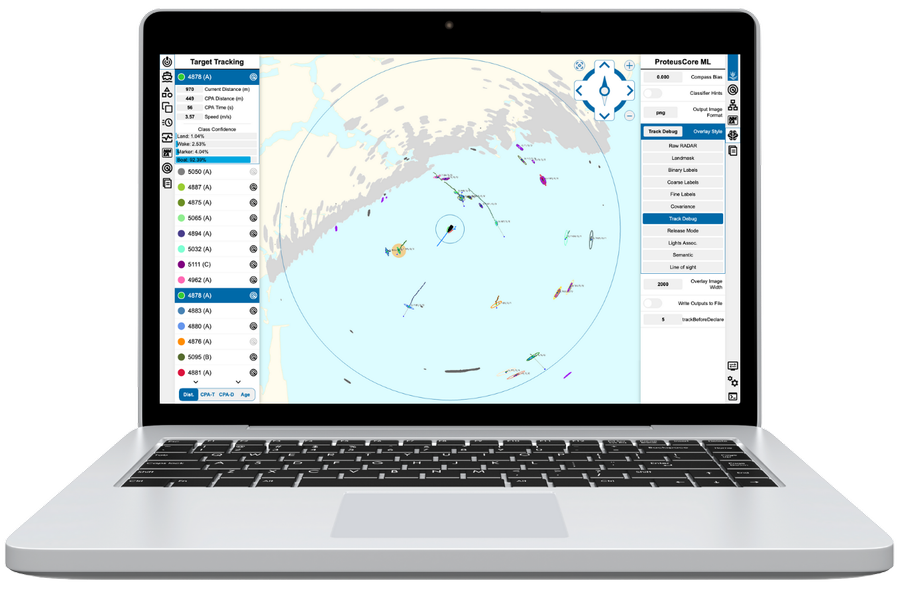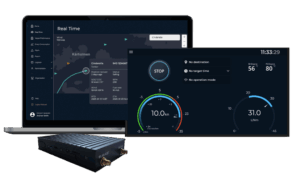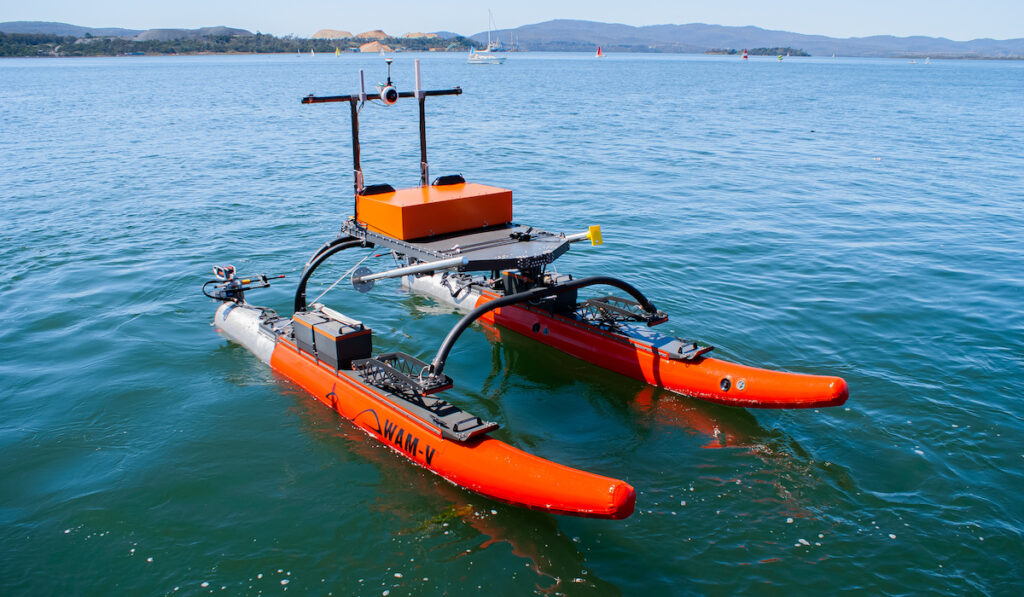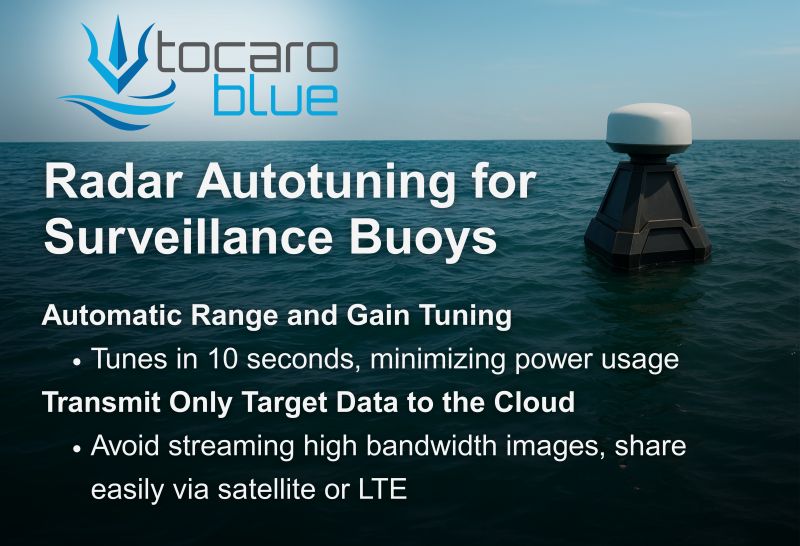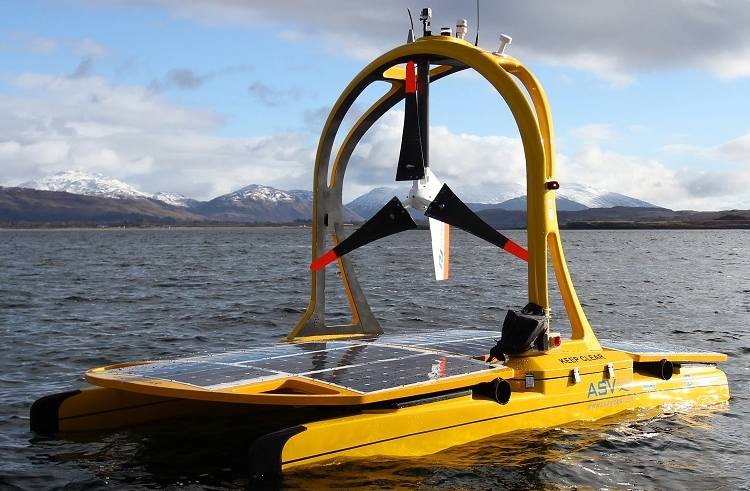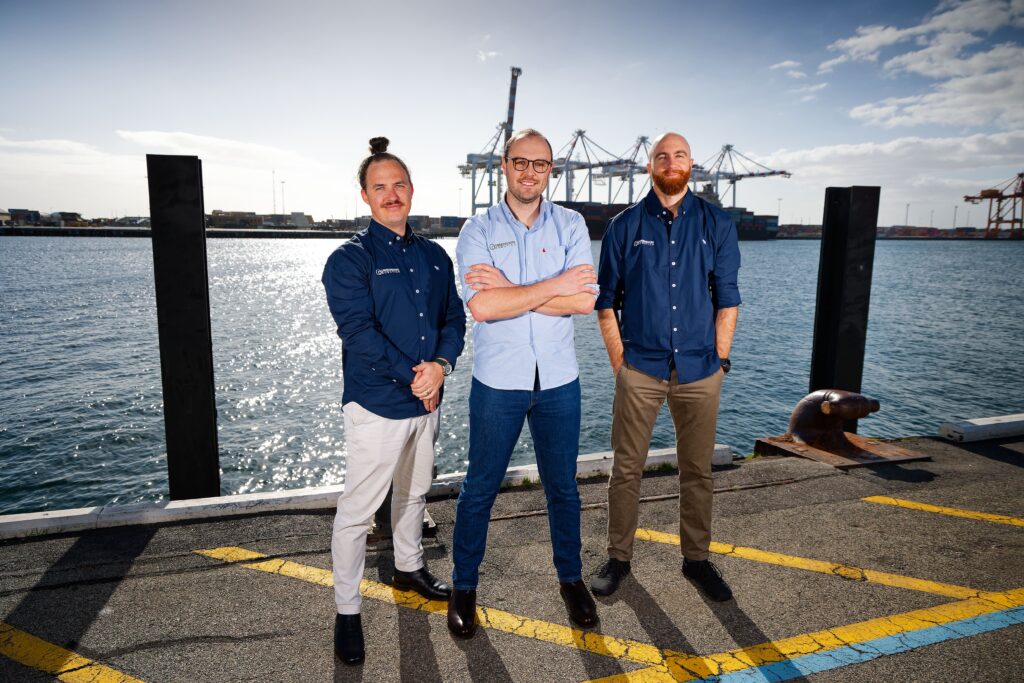Suppliers
Add your company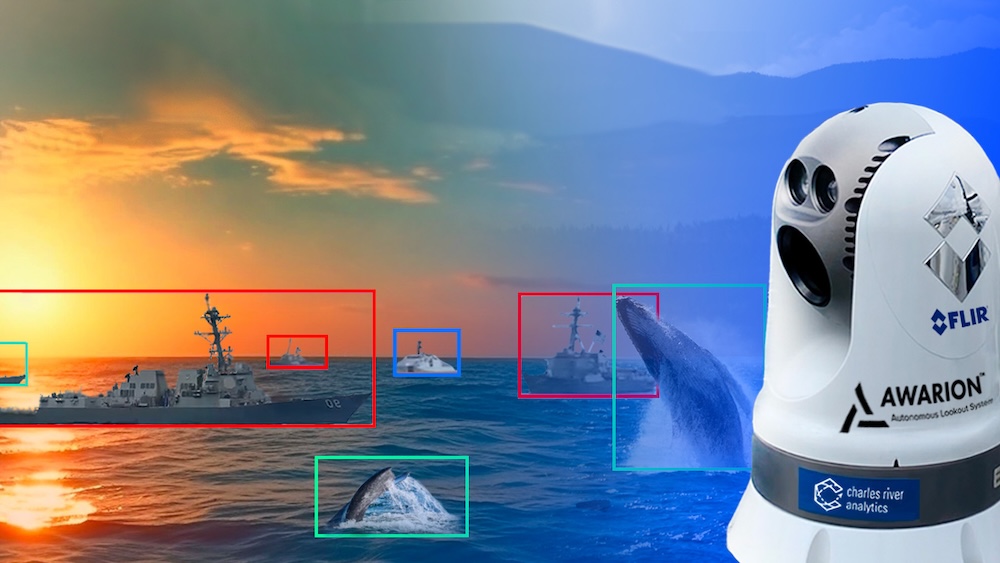
AI Maritime Monitoring & Marine Systems Test Facility

AI-Driven Radar Processing for Object Classification, Tracking & Marine Autonomy

Cutting-Edge Software & AI Solutions for Enabling Maritime Autonomy At Scale

Intelligent AI-Powered Decision Support for Fuel Savings & Vessel Performance Tracking for Sustainable Maritime Operations
If you design, build or supply AI Software, create a profile to showcase your capabilities on this page
Products
AI Software for Marine & Maritime Applications
AI software is critical in enabling smarter, safer, and more sustainable operations at sea. Unlike AI on land, where systems can often rely on cloud computing and steady connectivity, marine AI must function in bandwidth-constrained and physically demanding environments. This requires robust edge processing, resilience to saltwater and pressure, and a high degree of autonomy.
Whether applied to autonomous ships, remotely operated vehicles (ROVs), or digital infrastructure for maritime surveillance, AI software underpins the next generation of marine systems by transforming massive streams of sensor data into actionable insights. These insights support real-time decisions across navigation, environmental monitoring, logistics, maintenance, and defense.
Key Applications of Marine & Maritime AI Software
AI’s versatility extends to many ocean applications, from commercial logistics to oceanography and naval operations.
Autonomous Navigation and Vessel Control
AI software allows for fully or semi-autonomous navigation of unmanned surface vessels (USVs), autonomous underwater vehicles (AUVs), and traditional ships. These systems use neural networks and reinforcement learning to process data from radar, sonar, GNSS, lidar, and optical sensors, making real-time decisions to optimize routing, avoid collisions, and maintain dynamic positioning in complex marine environments.
Maritime Situational Awareness
Situational awareness is vital for all sea operations. AI integrates data from satellite imagery, AIS signals, radar, and sonar to provide a holistic, real-time view of marine surroundings. Machine learning models flag anomalies such as unauthorized vessels, suspicious movement patterns, or unexpected marine hazards, bolstering civilian and military operations.
Naval Defense & Maritime Security
In defense contexts, AI software is used for threat detection, classification, and tracking. Systems can autonomously identify underwater mines and intruders, classify sonar contacts, support anti-submarine warfare (ASW), and enhance command and control through real-time battlefield analysis. AI tools are also deployed in shipboard decision-support systems to automate threat responses and manage electronic warfare tactics.
Marine Biology & Oceanographic Research
Marine researchers increasingly rely on AI for the classification of species, behavioral analysis of marine life, and mapping of sensitive ecosystems. AI models trained on acoustic signatures can distinguish between different cetaceans, detect illegal fishing activity, and support coral reef monitoring through image analysis conducted by ROVs and AUVs.
Collision Avoidance & Traffic Management
AI is at the forefront of maritime collision avoidance systems, particularly in congested ports or near offshore infrastructure. Deep learning models analyze data from radar, AIS, and camera feeds to predict vessel behavior, execute evasive maneuvers, and reduce the risk of accidents. Some systems also integrate regulatory compliance into their logic, factoring in COLREGs to ensure safe decision-making.
Energy Efficiency & Emissions Tracking
To meet growing environmental regulations and fuel efficiency demands, AI software helps optimize ship engine parameters, speed profiles, and routing strategies. Predictive models estimate emissions and recommend actions to reduce carbon output, aiding compliance with MARPOL Annex VI and the IMO’s energy efficiency standards.
Fleet Optimization & Logistics
In commercial shipping fleet management, AI systems forecast port congestion, optimize routes based on real-time weather and current data, and reduce fuel consumption. Predictive maintenance tools flag issues before they lead to downtime, increasing fleet uptime and lowering operational costs.
Types of AI Technologies in Ocean Applications
The marine sector employs a range of artificial intelligence technologies, often tailored to unique underwater and offshore constraints:
- Machine learning (ML): Core to many marine AI systems, ML enables pattern recognition, anomaly detection, and behavior prediction based on historical and sensor data.
- Deep learning: Used in computer vision for object recognition (e.g., floating debris, whales, mines), as well as in acoustic classification and sonar data processing.
- Reinforcement learning: Powers navigation systems in dynamic environments, enabling vessels to learn optimal behaviors through trial and error.
- Natural language processing (NLP): Supports voice-command interfaces for ship crews and assists in parsing maritime regulations or weather reports.
- Sensor fusion and data fusion: Combines inputs from disparate sources, such as acoustic sensors, cameras, GNSS, and radar, to provide unified situational awareness.
Key Sectors Deploying Marine AI Software
AI’s broad utility is evident in its widespread adoption across different sectors:
- Defense and naval operations: Enhancing surveillance, threat detection, and mission planning through integrated autonomous and semi-autonomous systems.
- Scientific research and academia: Supporting real-time oceanographic data analysis and biodiversity monitoring through autonomous and remotely operated platforms.
- Commercial shipping and logistics: Improving asset tracking, predictive maintenance, and fuel efficiency with AI-enhanced fleet management systems.
- Energy and offshore infrastructure: Enabling continuous underwater infrastructure inspection, leak detection, and safety monitoring.
- Environmental protection and conservation: Assisting in habitat mapping, illegal fishing detection, and monitoring protected marine zones.
Challenges in Deploying AI at Sea
Despite its potential, marine AI faces unique technical and operational hurdles:
- Environmental harshness: High salinity, biofouling, and extreme pressure pose challenges for onboard sensors and computing systems.
- Connectivity limitations: Many marine environments lack stable internet connections, necessitating edge AI systems capable of offline processing.
- Data scarcity and labeling: High-quality labeled datasets for marine environments are limited, especially for subsea imagery and sonar data.
- Compliance and safety: AI systems must be transparent and compliant with international safety and operational regulations, including SOLAS and COLREGs.
To overcome these challenges, developers invest in ruggedized hardware, transfer learning techniques, and simulation environments that help train AI algorithms in virtual representations of the ocean.
Interoperability & Integration
AI is rarely deployed in isolation. Marine systems often integrate AI software with satellite communications, digital twins, and autonomous control systems. Modern platforms feature modular architectures allowing real-time data exchange between onboard AI processors and cloud-based analytics suites when connectivity permits.
For defense applications, AI is integrated into multi-domain operations environments, contributing to decision superiority by synthesizing inputs from air, land, sea, and cyber systems. Similarly, in research, AI-driven autonomous platforms upload findings to shared databases, contributing to collaborative ocean science efforts.
Emerging Innovations in Marine AI
Several key innovations are pushing the boundaries of what AI can accomplish at sea:
- AI for underwater imaging: Deep learning enhances resolution and classification accuracy in sonar and acoustic imaging, enabling better seabed mapping and submerged object detection.
- AI for multi-agent coordination: In swarms of AUVs or USVs, AI algorithms manage collaboration, task allocation, and formation maintenance.
- Bio-inspired robotics: Leveraging AI to mimic the movement of marine animals for stealthy and efficient underwater exploration.
- Adaptive mission planning: Real-time adjustments to mission objectives based on environmental data and emergent sensor inputs, useful for dynamic subsea surveys.
- AI for marine cyber defense: Protecting digital maritime infrastructure from cyber threats through anomaly detection and threat intelligence models.
Regulatory & Ethical Considerations
As marine AI grows in influence, its development and deployment are being shaped by international frameworks and ethical considerations:
- Transparency and accountability: As AI takes on safety-critical roles in ship navigation and defense, there must be clear audit trails for decision-making.
- Data privacy and sovereignty: Especially relevant for naval applications and environmental monitoring in contested waters.
- Human oversight: The integration of AI should support, not replace, experienced operators, reinforcing trust and ensuring human-in-the-loop control for sensitive operations.
Industry groups, standards bodies, and national agencies are working to ensure that AI adoption enhances maritime safety and sustainability without compromising operational integrity or ethical standards.
Summary of AI Software for Marine & Maritime Applications
AI software is no longer experimental in the marine and maritime domains—it is foundational. As ship systems become more connected and ocean environments grow more complex, AI acts as the central nervous system of modern marine technology. From enabling autonomous navigation and maritime defense to supporting marine research and environmental protection, AI tools are shaping a more intelligent and responsive ocean economy.
Looking forward, advancements in edge AI, underwater data processing, and maritime cyber resilience will further integrate intelligent software into the core of maritime operations. These innovations will help unlock greater autonomy, improved environmental stewardship, and a deeper understanding of our oceans—all driven by the adaptive, analytical power of artificial intelligence.








